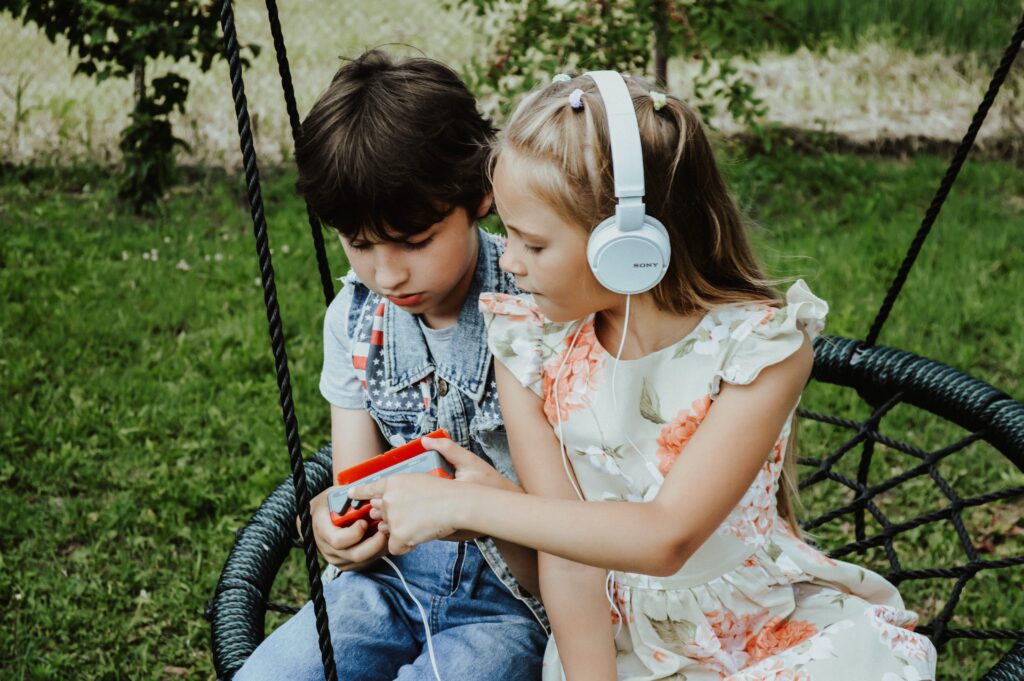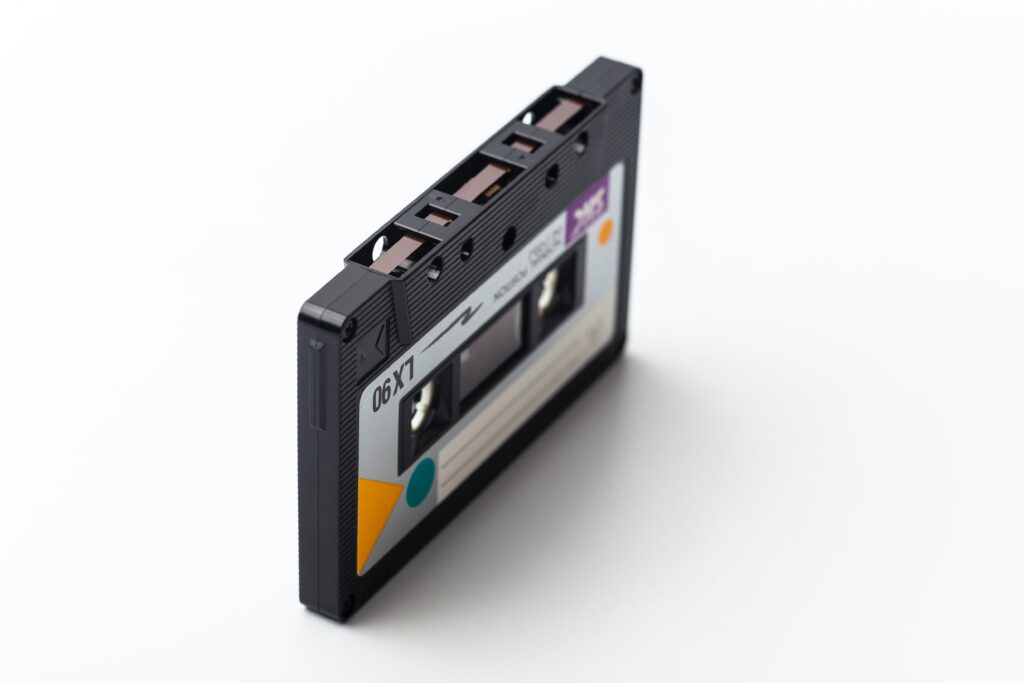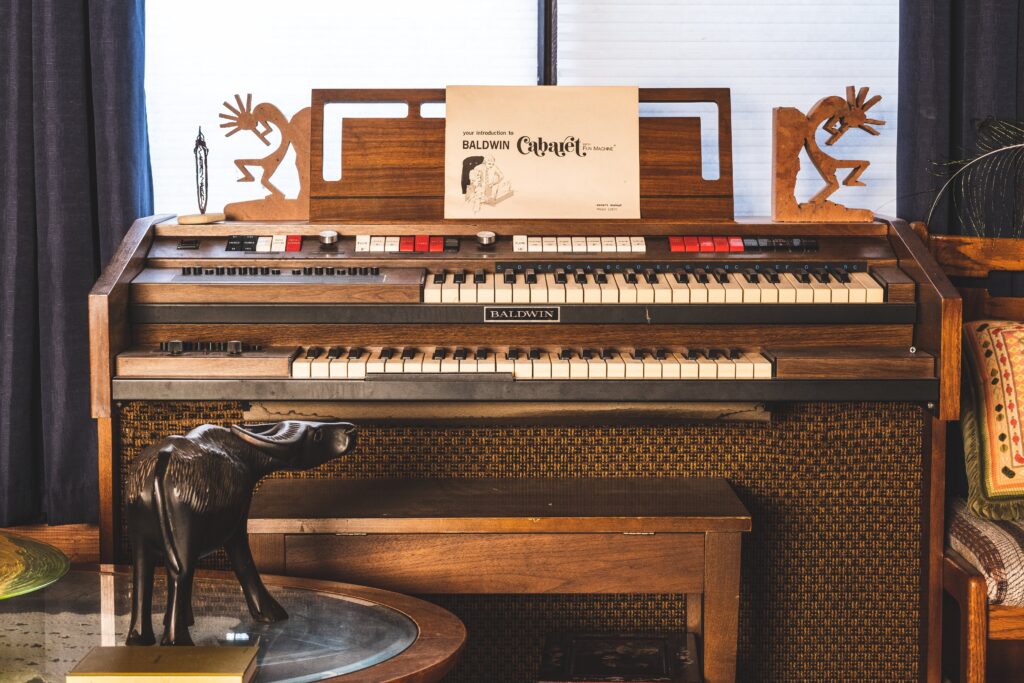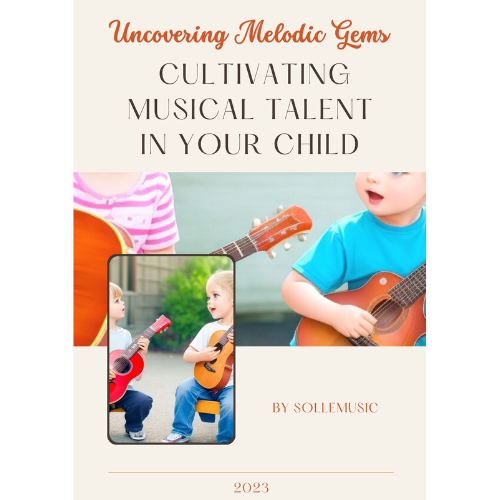I. Introduction to The deep meaning of nostalgia in music
The deep meaning of nostalgia in music includes many points. First of all, Nostalgia in music can remarkably transport us back to cherished moments of our childhood. How do musicians put childhood moments into their compositions? It evokes a profound sense of longing and emotional resonance. It is a powerful conduit for artists to infuse their compositions with personal memories and experiences from their formative years. They create a profoundly passionate connection with their audience.
Nostalgic music is defined as that which evokes feelings of nostalgia through reminders of specific periods of life, places, or people. Feelings of nostalgia are said to occur during times of hardship and difficult transitionary periods.

II. Understanding Nostalgia in Music
Nostalgia in music is a powerful emotional force. It allows musicians to tap into their past, investing their compositions with poignant narratives that resonate deeply with audiences. This emotional connection stems from the psychological underpinnings of memories. It triggers a longing for the past and evokes bittersweet emotions tied to cherished memories.
III. The Art of Musical Storytelling: Capturing Childhood Memories
Musicians draw inspiration from their childhood memories, using melodies, harmonies, and lyrics to paint vivid musical portraits of their past. By tapping into personal experiences, they create sonic landscapes. These capture the essence of their childhood experiences, allowing listeners to embark on a journey through the artist's memories. Musicians draw inspiration from their childhood memories, infusing their compositions with poignant narratives that resonate deeply with audiences.
The art of musical storytelling, particularly when capturing childhood memories, is a deeply personal and evocative process for musicians. Drawing from their own experiences, they craft melodies, harmonies, and lyrics. They serve as a canvas for vividly portraying their past. These compositions serve as a means of expressing the emotions, joys, and challenges of growing up. They allow listeners to connect with the artist on a profound level.
Through their music, musicians can transport audiences into their own memories. They can create sonic landscapes that evoke a sense of nostalgia and sentimentality. Artists can convey the essence of their childhood experiences in a way that resonates deeply with their listeners.

The narratives woven into these musical compositions often reflect universal themes of innocence, wonder, and the passage of time. By infusing their work with these personal stories, musicians invite their audience to embark on a journey. It happens through their own recollections, fostering a sense of empathy and understanding.
Ultimately, the art of musical storytelling through childhood memories is a powerful means of connecting with others emotionally. By sharing these intimate reflections musicians can create a shared experience with their audience. They foster a sense of unity and commonality through the universal language of music.
IV. Melodic Time Machines shows the deep meaning of nostalgia in music
In addition to harmonic progressions and tonalities, the use of specific instrumentation and musical arrangements in Melodic Time Machines can also play a crucial role in evoking feelings of nostalgia and transporting listeners to childhood memories. For example, using instruments such as glockenspiel and xylophone can create a whimsical and innocent atmosphere reminiscent of childhood play and exploration.
Furthermore, the arrangement of melodies and harmonies can be carefully crafted to convey a sense of longing or wistfulness. They mirror the emotional nuances of reminiscing about the past. By utilizing techniques such as suspended chords, gentle arpeggios, or delicate counterpoint, musicians can create a musical landscape. That reflects the bittersweet nature of revisiting childhood memories.

Moreover, the production techniques employed in Melodic Time Machines can also contribute to evoking nostalgia. For instance, using warm, analog recording equipment or vintage audio effects can impart a sense of authenticity and timelessness to the music.
The thematic content and storytelling within Melodic Time Machines are essential in capturing the essence of childhood memories. Songwriters often infuse their lyrics with vivid imagery and storytelling. In which depict scenes from their own youth or universal experiences of growing up. By skillfully weaving these narratives into their songs, musicians can create a profound emotional connection with their audience. They can invite them to reflect on their own childhood experiences and emotions.
Ultimately, Melodic Time Machines is a multi-faceted art form. It encompasses not only musical elements such as harmonies and tonalities but also instrumentation, arrangement, production, and storytelling. When combined thoughtfully, these elements work harmoniously to create a sonic journey that captures the emotional nuances of childhood memories.
V. Personal Reflections of the deep meaning of nostalgia in music : Interviews with Musicians
In these personal reflections, musicians often emphasize the personal nature of their creative process. They show how their memories and emotions serve as the wellspring of inspiration for infusing nostalgia into their compositions. Through interviews, they reveal how childhood experiences, whether joyful or sad, have left an imprint on their musical sensibilities, influencing the themes, melodies, and arrangements in their work.
Moreover, these conversations offer valuable insights into musicians' specific techniques and musical choices to evoke nostalgia. They may discuss the deliberate use of particular instruments, such as vintage synthesizers or orchestral arrangements reminiscent of classic film scores, to transport listeners to a bygone era. Additionally, they might share how they employ harmonic progressions, melodic motifs, and production effects to create a sonic landscape that resonates with the nostalgic longing associated with childhood reminiscence.
Furthermore, engaging with musicians in these conversations often reveals the significance of storytelling in their compositions. They may describe how they draw from their memories and emotions to craft lyrical narratives that capture the essence of childhood experiences, allowing listeners to empathize with universal themes of innocence, wonder, and nostalgia.

Beyond the technical and creative aspects, these interviews also illuminate musicians' profound emotional connections with their nostalgic compositions. They may express the cathartic nature of revisiting their past through music. They may gratify the experience of connecting with audiences. The audiences similarly find solace and resonance in the evocative power of nostalgia.
VI. The Universal Language of Nostalgia:
Nostalgia is a powerful unifying force in music. It is transcending generational boundaries and resonating with listeners across diverse age groups and cultural backgrounds. This universal appeal stems from the inherently human experience of longing for the past and the emotional connections we form with memories, regardless of our cultural or generational context. As such, the nostalgic elements in music can evoke shared emotions and experiences, fostering a sense of unity among listeners.
Bridging Generational Gaps
One way nostalgia unifies across generations is through the timeless themes and emotions it encapsulates. The childhood innocence, the bittersweet nature of lost love, or the yearning for simpler times are universal sentiments. They are woven into the fabric of nostalgic music. They allow listeners of all ages to relate to and empathize with the emotional landscape it portrays.
Moreover, the melodies and arrangements that evoke nostalgia often convey familiarity and comfort. They create a common ground that resonates with listeners from different cultural backgrounds. The classic tunes of a bygone era or the evocative sounds of a specific musical genre can spark memories and emotions. Those transcend linguistic and cultural barriers, forging connections between individuals from diverse walks of life.

Furthermore, music's ability to transport listeners to different periods and evoke collective memories can create a sense of shared history and experience. By tapping into the nostalgia of a particular era or cultural movement, music becomes a bridge between generations, allowing older listeners to reminisce about their past while introducing younger audiences to the sounds and sentiments of a different time.
In addition, reinterpreting nostalgic music through covers, samples, and references in contemporary works can further bridge generational and cultural divides. When artists reimagine classic songs or incorporate nostalgic elements into their compositions, they create a dialogue between past and present. They invite listeners from different eras to engage with the same emotional resonance.
VII. Modern interpretations of nostalgia:
They explore how contemporary musicians continue incorporating nostalgic themes into their compositions.
Nostalgic elements in music transcend generational boundaries, resonating with listeners across diverse age groups and cultural backgrounds. This universal appeal fosters a sense of shared emotional resonance. It bridges generational gaps and creating a common ground through the expressive power of nostalgic music.
VIII. The Healing Power of Nostalgic Music
Nostalgic music provides comfort and solace, allowing individuals to navigate complex emotions and find healing through familiar melodies. Its therapeutic benefits aid emotional processing and foster a sense of emotional well-being, offering a form of catharsis for listeners.

IX. Preserving Memories through Music
Preserving memories through music is a profound and multifaceted process encompassing a range of cultural, emotional, and historical dimensions. Music has an extraordinary capacity to serve as a vessel for memories. It encapsulates the essence of specific moments, experiences, and emotions and preserves them for future generations. This preservation occurs through various means. It includes the documentation of historical events, the celebration of cultural traditions, and the personal recollection of individual memories.
“music doesn't just help us retrieve stored memories,
it also helps us lay down new ones.”
At a societal level, music acts as a historical archive. It captures the spirit of different eras. It also serves as a reflection of the social, political, and cultural landscapes of the times. Through songs, compositions, and musical movements, historical events and societal changes are immortalized. They offer future generations a window into the past. For example, protest songs from the civil rights movement in the United States or revolutionary anthems from various countries have preserved the struggles and triumphs of these pivotal historical moments.
Moreover, music is vital in preserving cultural traditions and heritage, serving as a repository of collective memories and identity. Folk songs, traditional music, and ceremonial compositions are passed down through generations, safeguarding cultural practices and beliefs. These musical traditions not only preserve historical narratives but also foster a sense of continuity and connection to one's cultural roots.
On an individual level, music is a powerful tool for preserving personal memories and experiences. Certain songs or albums can become deeply intertwined with specific moments in a person's life. They evoke vivid recollections and emotions associated with those memories. Whether it's the song that played during a first dance at a wedding or the album that accompanied a cross-country road trip, music becomes a vessel for personal reminiscence. It allows individuals to revisit cherished memories through sound.
X. Conclusion of The deep meaning of nostalgia in music

To conclude, we can say that the deep meaning of nostalgia in music spread to a higher level.
Nostalgia in music serves as a reminder of the indelible connection between personal experiences and artistic expression. It weaves a tapestry of emotional resonance that transcends time and space. It is a testament to the enduring power of musical storytelling. And also its ability to evoke profound emotional connections across generations.
XI. FAQ

Q: Can nostalgia in music have different meanings for different people?
A: Yes, nostalgia in music can evoke unique memories and emotions for each individual. It can be based on their personal experiences and connections to specific songs or compositions.
Q: How does nostalgia in music impact mental health?
A: Nostalgic music can have therapeutic benefits, aiding emotional processing and providing comfort and solace for individuals navigating complex emotions.
Q: Is nostalgia in music limited to specific genres or eras?
A: Nostalgia can be found in many musical genres and eras. As it is rooted in personal connections and emotional resonance rather than specific stylistic elements.




